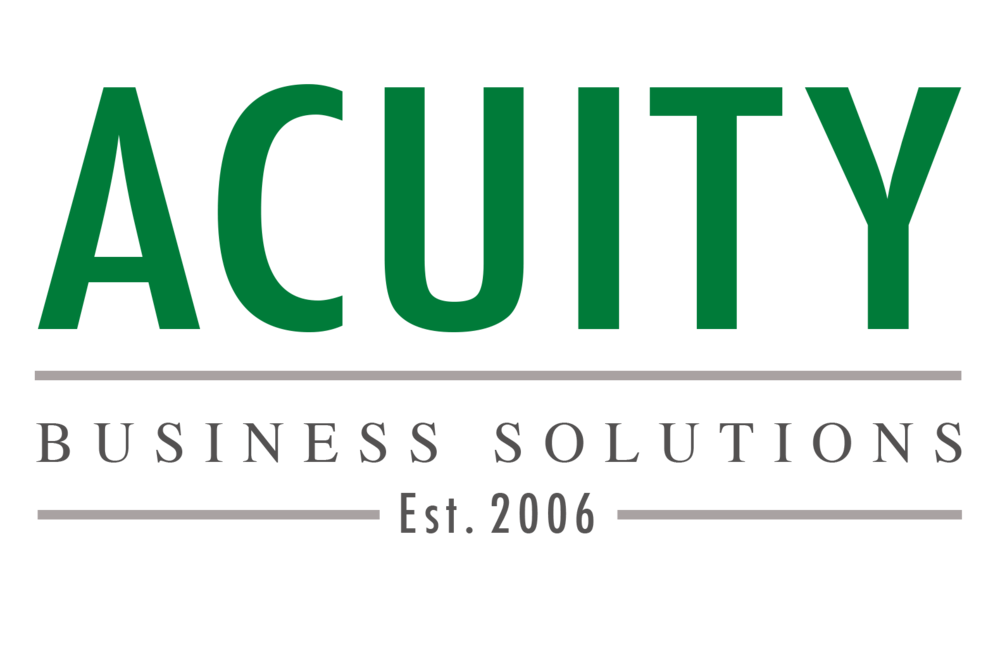Transformational change expertise
Requirement A programme of work was required to transform the provision of the Civil Service Human Resources (CSHR) function within the Cabinet Office. The purpose of the programme was to provide a seamless, secure and intuitive user experience for all aspects of the CSHR, from job advert right through to paying pensions. Cost and productivity efficiencies needed to be implemented in the current operating practices by identifying synergies in working practices across teams delivering CSHR functions. All CSHR transactional services needed to be consolidated, separating the technology through which they were provided from the service centres and existing IT systems needed to be integrated to create a single platform for CSHR services. Our support was engaged to provide transformational change expertise for its Civil Service HR Transformation Programme.
Delivery Our scope was to provide guidance on how to establish foundations for a successful transformation, and work with the Cabinet Office team to deliver these. We achieved this through a structured 4-stage process:
Step 1: Clarifying Scope and Outcomes - Through a mixture of document review and stakeholder interviews we sought to document:
What the internal and external drivers for change were and how this translated into long-term aspirations for the CSHR function.
The scope of the change, specifically in terms of functions, services and IT.
What the priority areas were and the extent of impact on the organisational structure.
What the perceived benefits and critical success factors were.
Step 2: Establishing a High-Level Baseline - Through a series of user-driven workshops we gained a solid understanding of the current operating processes for CSHR functions and the scale of change required. Key aspects we sought to understand were:
Current services at strategic and tactical level.
Primary IT systems used, where they were sourced (e.g. internally or externally), what their renewal dates were (if applicable) and whether they were fit for purpose.
Where the teams were based, and what facilities they required.
The current organisational structure, including roles, numbers, skills and level of outsourcing.
Current challenges with existing service operations.
Step 3: Establishing a High-Level Future State - Through a series of user-driven workshops we scoped out what the future of the CSHR services would look like. The key elements we sought to capture were:
Desired processes, functions and business models, including desired costs and performance.
Desired organisational structure and the impact this would have on staffing levels and skills.
Aspirations for the IT and technology footprint (e.g. consolidation of current solutions).
Specific information and data requirements to support the new operating model.
Step 4: Gap Analysis and Next Steps Plan - Through steps 2 and 3 we obtained enough information to formulate a high-level view of what was required to move from the current state to the desired future state. This enabled us to perform a gap analysis, identifying:
Where the core areas of process, technological and business change were.
Who would be impacted and to what extent.
Any external interfaces/dependencies.
Any risks associated with the transformation.
Any additional benefits that could be realised.
On completion of these 4 stages, we had enough information to provide the client with a detailed programme brief and supporting delivery roadmap.
Result Throughout the course of the assignment our consultants were able to build strong relationships with all client teams that would be delivering or impacted by the transformation. This meant that by the end of the assignment, not only did the client have a detailed and informed approach to the transformation, but one that was understood and bought in to by the stakeholders thus smoothing the path for a successful onwards delivery.

